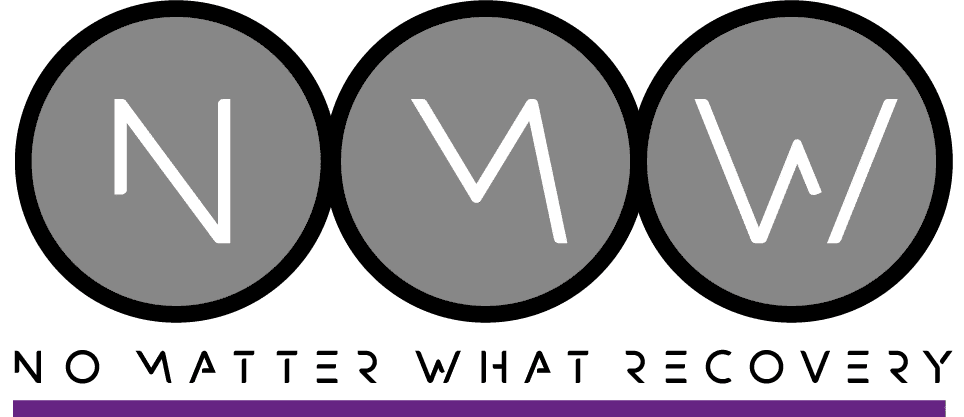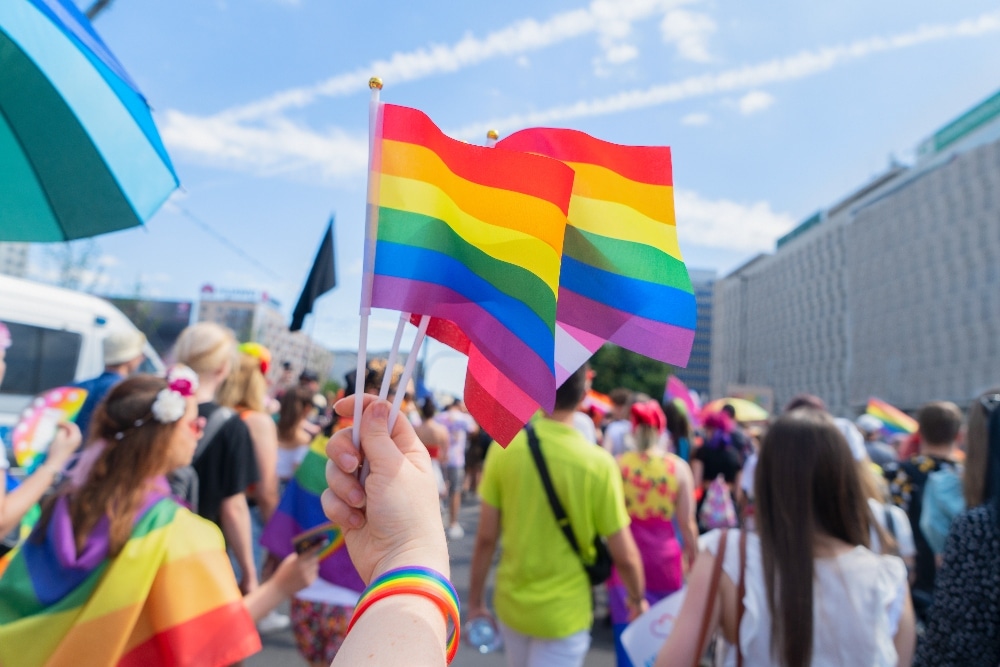What is Sexualized Drug Use?
Sexualized drug use refers to the consumption of drugs specifically to enhance or facilitate sexual experiences. This practice often involves substances such as methamphetamine, GHB/GBL, and mephedrone, which are known to increase stamina, help sexual arousal, enhance pleasure, and reduce inhibitions during sexual activity. Within the LGBTQ+ community, the prevalence of this behavior can be linked to various social and cultural dynamics, including the search for enhanced sexual experiences and social bonding. Studies from several countries showed that a proportion of men who have sex with men (MSM), ranging from 17% to 38.9%, practice chemsex. These studies indicate the need for targeted health interventions and support systems to address the associated risks.
The Psychological Landscape of Sexualized Drug Use
Sexualized drug use can often stem from or lead to complex psychological challenges, including sex addiction, risky sexual behavior, and dependency on psychoactive substances. Mental health counseling that addresses these issues, alongside the physical aspects of addiction, is crucial. Therapeutic interventions like Cognitive Behavioral Therapy (CBT) and Dialectical Behavior Therapy (DBT) can be effective in treating the underlying psychological factors contributing to sexualized drug use.
Chemsex: A Deep Dive
Chemsex is a specific type of sexualized drug use that involves using specific drugs like crystal meth, mephedrone, and GHB/GBL before or during sexual activity to prolong and enhance sexual pleasure. This practice is particularly noted among certain groups within the LGBTQ+ community, such as gay and bisexual men. Understanding the drugs involved, the environments in which chemsex occurs, and the social contexts that facilitate it is essential for addressing its implications effectively.
The Appeal of Chemsex
The reasons behind the popularity of chemsex in the LGBTQ+ community are complex and multifaceted. Psychologically, it may offer an escape from societal stigma or personal insecurities, while socially, it can facilitate connections within a community that often faces marginalization. However, while chemsex can offer temporary psychological or social relief, it also carries substantial risks that need to be openly discussed and addressed.
Distinguishing Sexualized Drug Use from Chemsex
Understanding the distinctions between sexualized drug use and chemsex is crucial for effectively addressing the unique challenges and risks associated with each within the LGBTQ+ community. Although the terms are often used interchangeably, they refer to specific practices that can have different implications for those involved.
Sexualized Drug Use: Broad Definitions and Varieties
Sexualized drug use refers broadly to the practice of using drugs to enhance or facilitate sexual experiences. This can include a wide range of substances such as alcohol, cannabis, ecstasy, or more potent drugs like methamphetamine and cocaine. The key characteristic of sexualized drug use is its purpose: to intensify the sensory experience of sex, prolong endurance, or reduce inhibitions in a sexual setting. This practice is not exclusive to any one community and can be observed across different demographics and sexual orientations.
Chemsex: Specific Contexts and Substances
Chemsex, on the other hand, is a term that emerged primarily within the gay and bisexual male communities. It specifically refers to the use of certain drugs, namely crystal methamphetamine, GHB (gamma-hydroxybutyric acid), and mephedrone, during planned sexual activities. The setting for chemsex is typically more organized than casual sexualized drug use; it often involves group activities and can last for several days, with the chemsex drugs used to maintain, prolong, and enhance sexual arousal. Chemsex is distinguished not only by the specific drug of choice but also by its cultural and social context, often being deeply intertwined with specific social behaviors and challenges within the LGBTQ+ community.
Risks Associated with Sexualized Drug Use
The risks associated with sexualized drug use are vast and can have profound impacts on health, psychology, and social life. Health risks include a higher likelihood of transmitting or acquiring HIV and other sexually transmitted infections, as well as the potential for overdose and dependency. Psychologically, this practice can lead to addiction, depression, and other mental health issues. Socially, individuals may face stigmatization, legal problems, and deterioration of personal relationships, emphasizing the need for comprehensive educational and preventive measures.
Treatment Options for Drug Addiction and Chemsex
Addressing drug addiction and chemsex requires a nuanced understanding of the specific needs and challenges faced by those involved, particularly within the LGBTQ+ community. Treatment options should be comprehensive, inclusive, and sensitive to the complexities of sexual identity and substance use. Here’s a detailed look at the various treatment strategies and resources available for individuals struggling with these issues.
1. Specialized Substance Use Treatment Programs
Treatment programs that specialize in substance use disorders can offer tailored support for those involved in chemsex. These programs often include detoxification services, residential treatment, outpatient programs, and aftercare planning. It’s essential that these services are inclusive and understand the specific dynamics of chemsex—such as the drugs commonly used and the social contexts that may trigger substance use. Specialized programs can provide a safe space for individuals to address not only their addiction but also the underlying issues that may contribute to their drug use.
2. Mental Health Counseling
Mental health counseling is a cornerstone of effective treatment for drug addiction and chemsex. Counseling can help address the psychological aspects of addiction, such as depression, anxiety, and other mental health disorders that may co-occur with substance use. Cognitive Behavioral Therapy (CBT), Dialectical Behavior Therapy (DBT), and other therapeutic modalities can be particularly effective. These therapies focus on changing harmful behaviors, improving emotional regulation, and developing healthier coping mechanisms.
3. Peer Support Groups
Peer support groups such as those offered by 12-step programs or other recovery communities can provide crucial social support and accountability. These groups allow individuals to share their experiences in a non-judgmental setting, learn from others who have faced similar challenges, and build a network of support that is essential for long-term recovery. For the LGBTQ+ community, there are often groups specifically tailored to their needs, which can be more relatable and effective.
4. Sexual Recovery Planning
Treatment for chemsex also includes helping individuals create a sexual recovery plan as well as intensive relapse prevention planning. Reclaiming sex and sexuality after the devastating effects of chemsex is a priority in the treatment process.
Getting Help
Addressing sexualized drug use and chemsex within the LGBTQ+ community requires a multifaceted approach that includes understanding the underlying factors, recognizing the risks, and providing appropriate support. Continued dialogue, education, and community engagement are crucial for effectively tackling these complex issues. If you or a loved one are struggling with illicit drug use or addiction, get in touch with No Matter What Recovery to learn about our addiction treatment programs.
FAQs
Chemsex refers to the use of drugs to enhance sexual desire and sexual experiences, particularly within the LGBTQ+ community, involving substances like methamphetamine and GHB.
Factors include the desire for enhanced sexual experiences and coping mechanisms for societal stigma.
Risks range from health concerns such as STIs and overdose to psychological issues like addiction and social problems including stigma and legal issues.
Support can be found in LGBTQ+ health centers, specialized addiction clinics, and through online support networks.

Mell McCracken, CADC-II, ASAT, RAE
Mell McCracken is the Executive Director of No Matter What Recovery, serving as the leader of the clinical treatment program and overseeing our sexualized drug use curriculum.
Mell is nationally and internationally recognized as an LGBT+ educator, co-author, and treatment provider. They also serve as faculty member at the International Institute of Trauma and Addiction Specialists. They are committed to uplifting voices and breaking stigmas, one conversation at a time, and have spent their career fighting for inclusivity and empowerment through chemsex education and LGBT+ activism.







